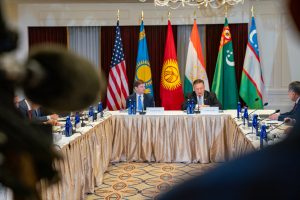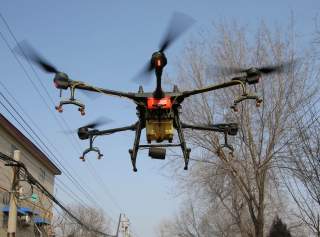By Ashley J. Tellis
Three years ago, U.S.-Indian relations seemed destined to falter. U.S. President Donald Trump’s “America first” agenda, which asks what every American partner has done for the United States lately, had strained relations with many traditional U.S. allies. But his agenda seemed especially incompatible with India’s expectation that it would continue to benefit from American largesse—particularly in the form of diplomatic support and generous technology access—despite resisting the reciprocal obligations that come with a formal alliance.
Yet three years into Trump’s presidency, the strategic partnership with India that successive U.S. administrations have cultivated as a silent bulwark against China hasn’t just survived—it has flourished. Indian Prime Minister Narendra Modi and Trump have met on numerous occasions and even appeared together last September at a “Howdy Modi” rally in Houston, Texas, that drew 50,000 Indian Americans. Trump’s planned visit to India next week will feature a public extravaganza on an even grander scale, showcasing the leaders’ chummy personal relationship and the deepening ties between their respective nations.






/arc-anglerfish-arc2-prod-mco.s3.amazonaws.com/public/GMRBN6BDEVHJJOZX6CRN5KHAJA.jpg)



